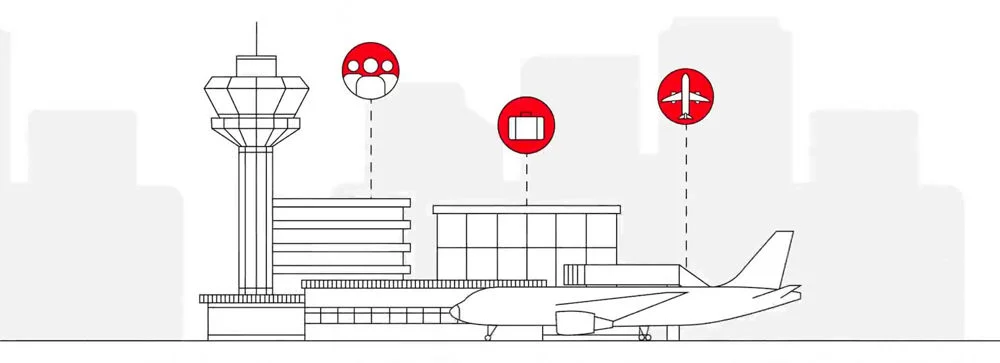Concrete buildings, tarmacked roads, steel and glass structures, air conditioning units, traffic congestion… these and many other factors are heating up our cities.
To help urban planners and city authorities bring down the temperature – the urban heat island effect (UHI) – Arup has developed UHeat. It’s a new digital tool that uses a combination of satellite imagery and open source climate data to analyse huge areas of cities. It’s able to identify the particular buildings, structures and materials that are causing temperatures to rise.
UHeat doesn’t just reveal where UHI hotspots are developing. Our teams translate its analysis into new planning solutions, ones that can reshape a city’s use of land and materials. These include recommendations for nature-based interventions that will bring down the temperature without the need for additional building and structures.
UHeat is built on data science and the latest academic microclimate modelling, developed by our partners at UCL and University of Reading. It’s just one way we’re helping cities to respond to the climate crisis.





